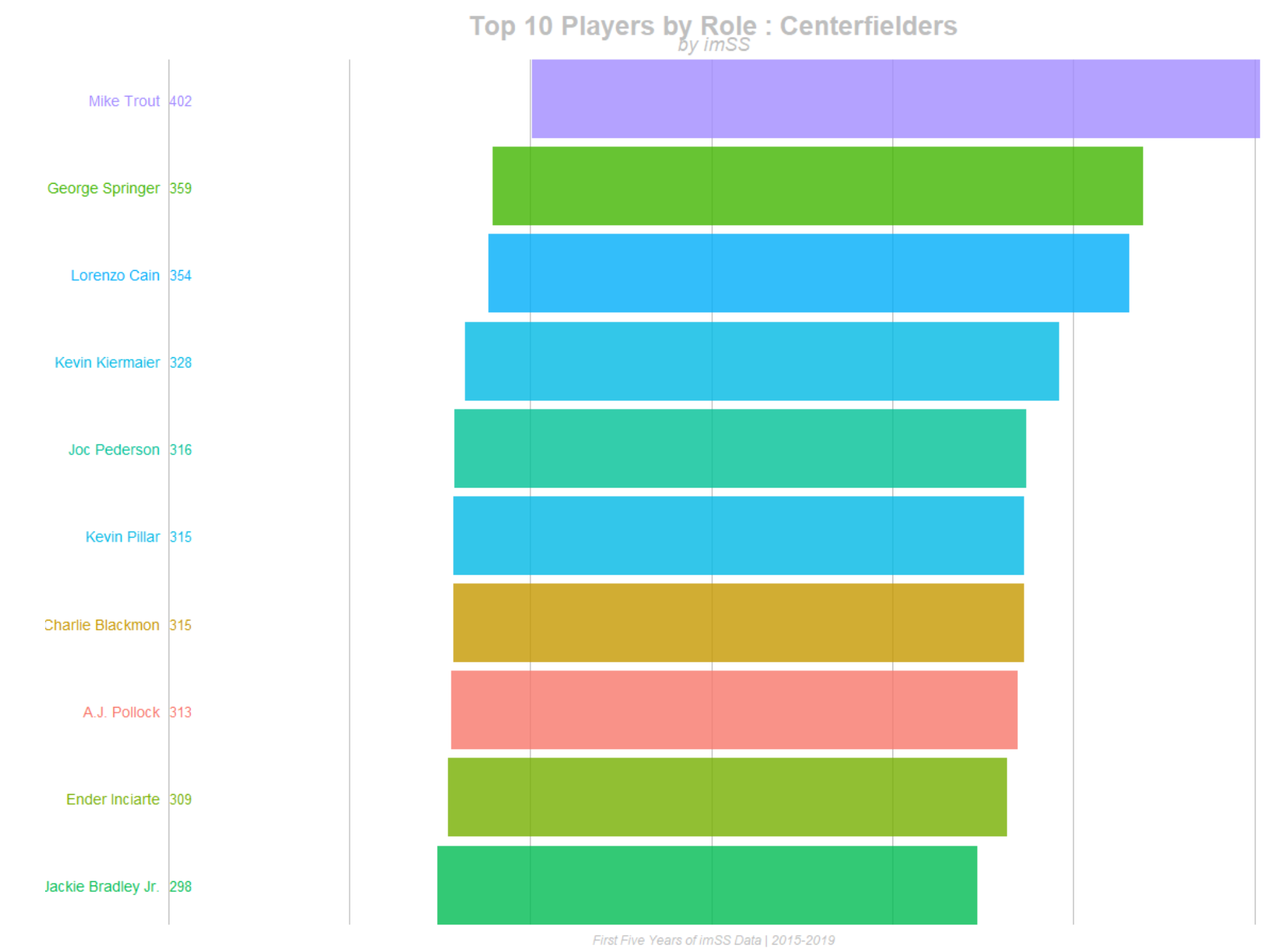

I cant for some reason get the else if statement to work so that when i press on murder and assault on the website, the graph responds by including the additional variable in the sum. In other video tutorials, we already explained how to find an indicator in the Data Warehouse, and then download its data into R. I want to use ggplot as i intend on using additional widgets which require the graph to be modified. Im starting with 5 states first to make sure the program runs smoothly. I've decided for simplicity just to recreate the USArrests dataframe manually. Could anyone please help me write the server logic for this? All the tutorial i've seen on youtube use histograms and when they use bar plot, they use data from an excel spreadsheet rather than data package.
#Bar graph r studio code#
Thats what i've written for my code so far but I just dont know how to write the server logic to display the bargraph for the main layout.

# Sidebar with a slider input for number of binsĬheckboxGroupInput("murder_assault_rape", P("Use the variable selector to refine your search!"), TitlePanel("Murder, Assaults and Rapes in the United States"), # Define UI for application that draws a histogram The Bar chart is represented as vertical or horizontal bars. It has many options and arguments to control many things, such as labels, titles and colors. i want it to have a checkbox widget where they can select up to three variables (murder, assault and/or rape) and the graph will reactively reveal the aggregate score depending on the selections. Bar Charts in R are the commonly used chart to create a graphical representation of the dataset. In R, you can create a bar graph using the barplot() function. Im trying to create a rshiny application using the USArrests dataset which models the rate of crime in each particular state. Geom_text(aes(y=label_ypos, label=len), vjust=1.Thank you so much for your response. RStudio 1 Build the gapminder bubble plot youve already done in the. If you want to place the labels at the middle of bars, you have to modify the cumulative sum as follow : df_cumsum <- ddply(df_sorted, "dose", It can plot various graphs and charts like histogram, barplot, boxplot, spreadplot. Geom_text(aes(y=label_ypos, label=len), vjust=1.6, For example, bar charts use bar geoms, line charts use line geoms, boxplots use boxplot. Bar charts can also represent data with complex categories as stacked bar charts. People often describe plots by the type of geom that the plot uses. It represents every category as a rectangular bar, with the height/width of the rectangle along the opposite axis representing the frequency of the category. Ggplot(data=df_cumsum, aes(x=dose, y=len, fill=supp)) + Bar charts in R A bar chart is a kind of graph that is usually used to compare different categories. Head(df_cumsum) # supp dose len label_ypos # 6 VC D2 33.0 # Calculate the cumulative sum of len for each dose

In the Plots window (lower-right), we see the bar graph as a result of the graphics. Position = position_dodge(0.9), size=3.5)+Īdd labels to a stacked barplot : 3 steps are required A convenient way to run R scripts is through the text window in the. Geom_text(aes(label=len), vjust=1.6, color="white", Geom_bar(stat="identity", position=position_dodge())+

Add labels to a dodged barplot : ggplot(data=df2, aes(x=dose, y=len, fill=supp)) +


 0 kommentar(er)
0 kommentar(er)
